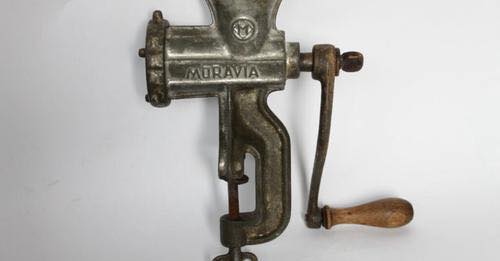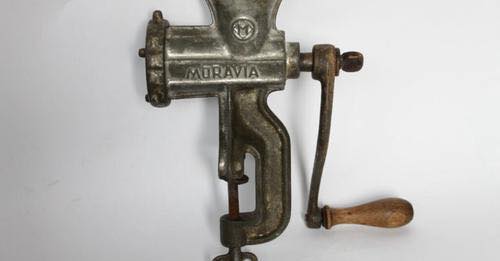Have you ever wondered how the handy kitchen mixer came to be? Well, let’s take a trip down memory lane and uncover the fascinating history of this essential tool that has made our lives so much easier.

The Early Years
The journey of the kitchen mixer began in the mid-1800s. It all started with the invention of the mixer with rotating parts by Ralph Collier in Baltimore, Maryland in 1856. Not long after, E.P. Griffith patented the whisk in England in 1857. But it was the hand-turned rotary egg beater, patented by J.F. and E.P. Monroe in the US in 1859, that really set the stage for the future of kitchen mixers.
The Monroe’s egg beater patent caught the attention of the Dover Stamping Company, who went on to produce the now iconic Dover egg beaters. In fact, the term “Dover beater” was commonly used in February 1929. It was during this time that the Dover egg beater was a staple in American kitchens, as seen in a recipe from the Gazette newspaper of Cedar Rapids, IA.
The Electric Revolution
While hand-turned egg beaters were popular, it was the invention of the electric mixer that truly revolutionized the world of baking. Rufus Eastman is credited with inventing the first mixer with an electric motor in 1885. This marked a significant milestone in the evolution of kitchen mixers.
The Hobart Manufacturing Company, known for their large commercial mixers, played a key role in bringing electric mixers into the mainstream. In 1914, they introduced a new model that became a game-changer in the mixer industry.
Enter the Household Mixers
One of the earliest household electric mixers was the KitchenAid, introduced by Hobart in 1919. This innovative appliance quickly found its way into many American homes. Around the same time, Sunbeam introduced their Mixmaster in 1910, further expanding the options for home bakers.
However, it wasn’t until the 1920s that domestic electric mixers gained widespread popularity. Before that, they were a rare sight in home kitchens. But as the benefits of electric mixers became evident, more and more households embraced this technology.
The Stand Mixer Revolution
In 1908, Herbert Johnston, an engineer for the Hobart Manufacturing Company, had a moment of inspiration while watching a baker mix bread dough with a metal spoon. He realized there had to be a better way, and thus the electric standing mixer was born.
Johnston’s creation quickly became a game-changer in the baking industry. By 1915, his 20-gallon mixer was a standard piece of equipment in most large bakeries. And in 1919, Hobart introduced the KitchenAid Food Preparer, bringing the stand mixer to the homes of budding home chefs.
Today, kitchen mixers come in all shapes and sizes, with a plethora of features to cater to every baking need. From whipping cream to kneading dough, these versatile tools have become a staple in the modern kitchen.
So, the next time you use your trusty kitchen mixer to prepare a delicious cake or cookie batter, think about the long journey it took to become the indispensable tool it is today.





